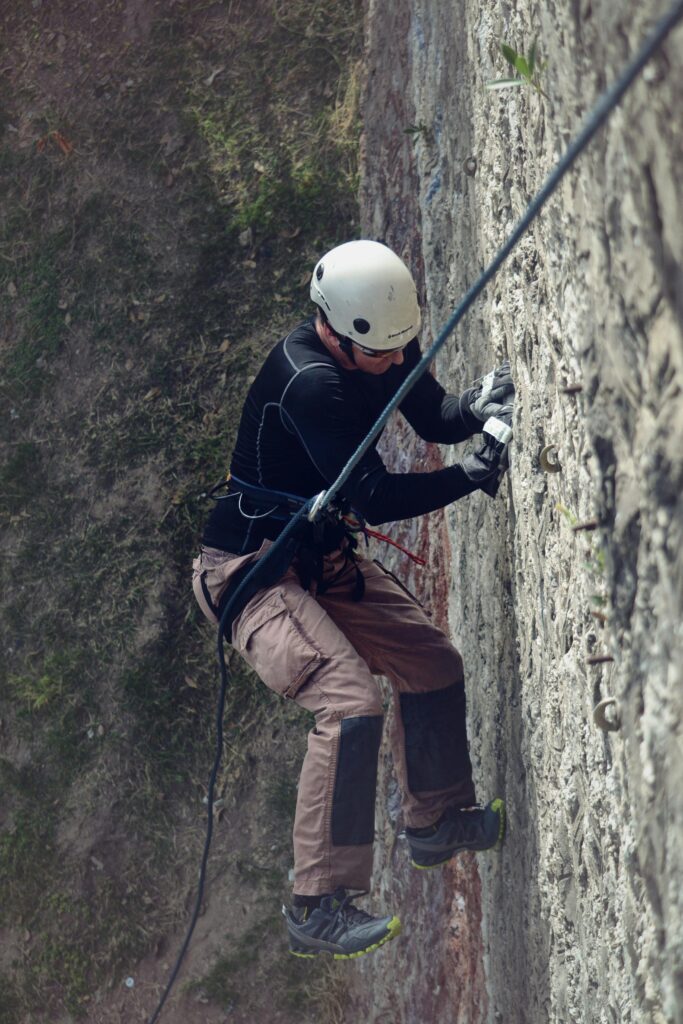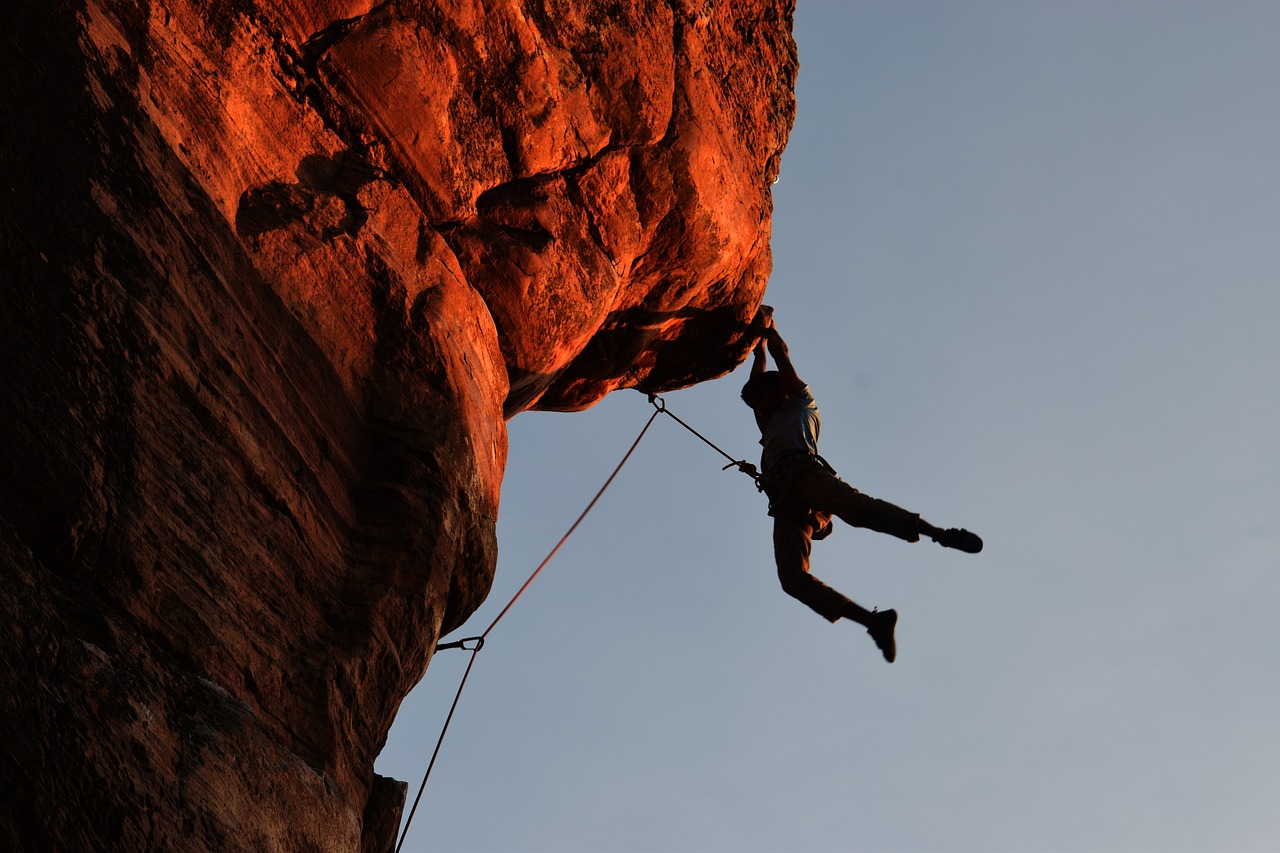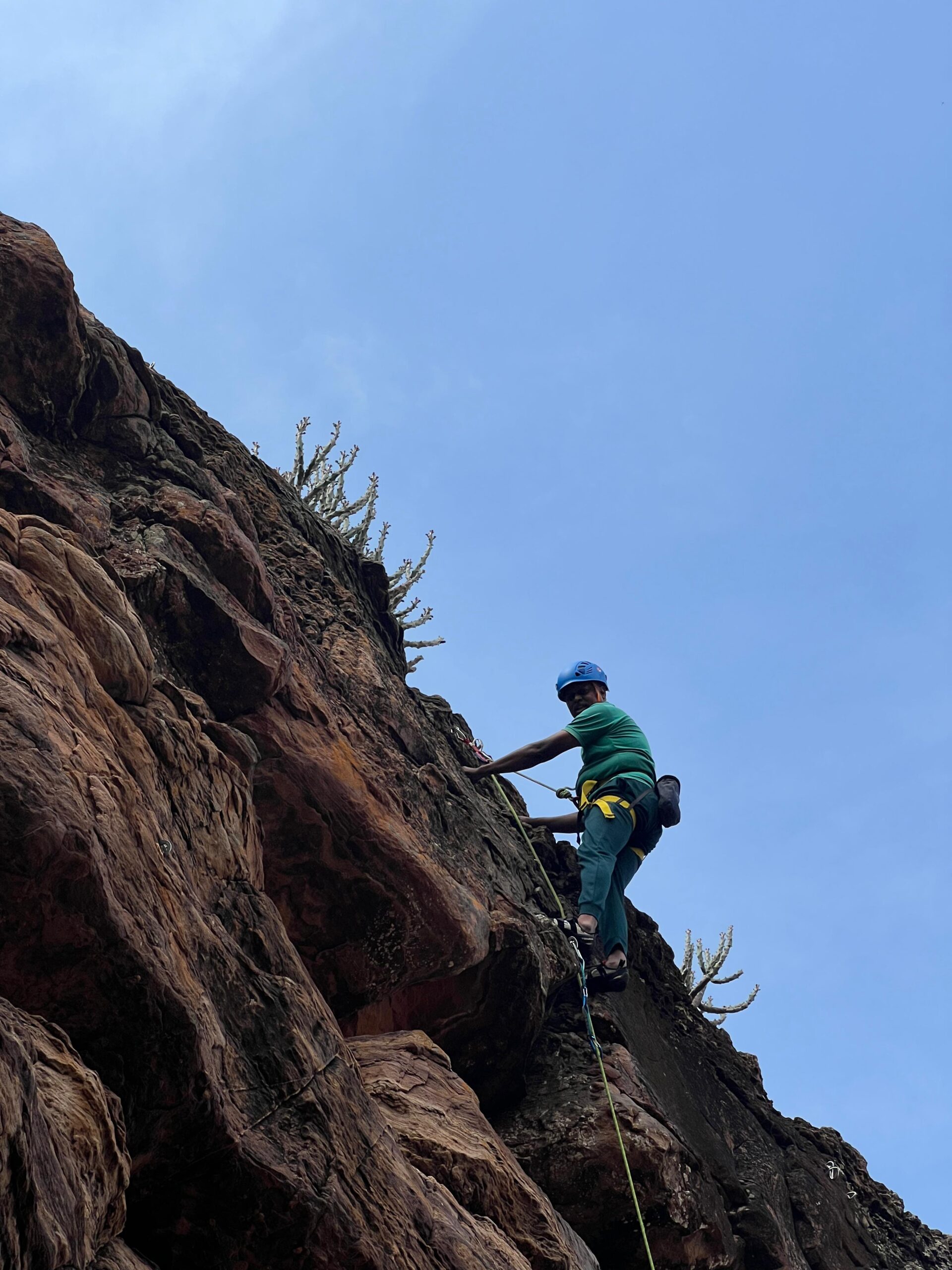The Ultimate Guide to Rock Climbing: Gear, Tips, and Adventure
What is Rock Climbing?
Rock climbing is an exhilarating outdoor activity that challenges both your physical and mental strength. Whether scaling natural rock faces or navigating indoor climbing walls, rock climbing offers a unique adventure for thrill-seekers and nature lovers alike. It’s more than just a sport—it’s a lifestyle.
Why Rock Climbing is the Perfect Adventure Sport
Rock climbing combines fitness, focus, and fun, making it an ideal activity for those seeking adventure. Here’s why rock climbing has gained immense popularity:
- Full-Body Workout: Rock climbing engages your arms, legs, and core, providing an intense physical challenge.
- Mental Challenge: Strategizing your moves during rock climbing sharpens problem-solving skills.
- Connection with Nature: Outdoor rock climbing immerses you in stunning natural landscapes.
- Community: The rock climbing community is welcoming and supportive, making it easy to connect with like-minded adventurers.
Types of Rock Climbing
Rock climbing comes in various forms, each suited to different skill levels and preferences:
1. Bouldering
Bouldering involves climbing shorter rock faces or walls without ropes. It emphasizes power and technique and is perfect for beginners.
2. Sport Climbing
In sport climbing, pre-placed anchors make climbing routes safer. It’s a popular choice for intermediate rock climbers.
3. Traditional (Trad) Climbing
Trad climbing involves placing your own protective gear as you climb. This type of rock climbing requires advanced skills and is best for seasoned climbers.

4. Top-Rope Climbing
Top-rope climbing uses a pre-secured rope anchored at the top of the climb, making it a great choice for beginners.
5. Free Solo Climbing
This is the most extreme form of rock climbing, where climbers ascend without ropes or safety equipment. It’s only for experienced climbers who have mastered the sport.
Essential Gear for Rock Climbing
To embark on a rock climbing adventure, having the right gear is crucial:
- Climbing Shoes: Provide grip and precision during rock climbing.
- Harness: Keeps you secure while climbing.
- Helmet: Protects your head from falling debris or accidental impacts during rock climbing.
- Ropes: Vital for safety in sport climbing and top-rope climbing.
- Chalk and Chalk Bag: Keeps hands dry for a better grip.
- Belay Device: Assists in controlling the rope during rock climbing.
Best Rock Climbing Destinations Worldwide
North America
- Yosemite National Park, USA: Famous for big wall rock climbing.
- Red River Gorge, USA: Perfect for sport climbing enthusiasts.
Europe
- Fontainebleau, France: A paradise for bouldering.
- Dolomites, Italy: Offers stunning alpine rock climbing routes.
Asia
- Krabi, Thailand: Known for its limestone cliffs and beachside rock climbing.
- Hampi, India: A bouldering haven amidst historical ruins.
Rock Climbing Tips for Beginners
If you’re new to rock climbing, follow these tips to get started:
- Start Indoors: Begin with indoor climbing gyms to practice techniques.
- Focus on Technique: Rock climbing isn’t just about strength—learn to use your legs effectively.
- Learn to Belay: Understanding belaying is crucial for safety.
- Build Endurance: Regular training helps improve your stamina for longer climbs.
- Join a Community: Connect with experienced rock climbers for guidance and motivation.
Safety Tips for Rock Climbing
Safety should always be a priority in rock climbing:
- Check Gear: Inspect your ropes, harness, and helmet before every climb.
- Understand the Route: Study the climbing route to anticipate challenges.
- Communicate: Maintain clear communication with your belayer or climbing partner.
- Know Your Limits: Avoid pushing yourself too far, especially if you’re new to rock climbing.
Benefits of Rock Climbing
Physical Benefits
Rock climbing builds strength, flexibility, and cardiovascular endurance.
Mental Benefits
The problem-solving aspect of rock climbing boosts cognitive function and focus.
Emotional Benefits
Overcoming challenges in rock climbing fosters confidence and resilience.
Rock Climbing as a Lifestyle
For many, rock climbing is more than just a hobby—it’s a way of life. From exploring new destinations to forming lasting friendships, rock climbing opens doors to endless adventures and personal growth.
Frequently Asked Questions About Rock Climbing
Q1: Is rock climbing safe for beginners?
Yes, rock climbing is safe for beginners when proper gear and techniques are used.
Q2: Can I start rock climbing at any age?
Absolutely! Rock climbing is a sport for all ages, as long as you’re physically able.
Q3: Do I need to be strong to start rock climbing?
Not necessarily. Rock climbing is more about technique than brute strength.


